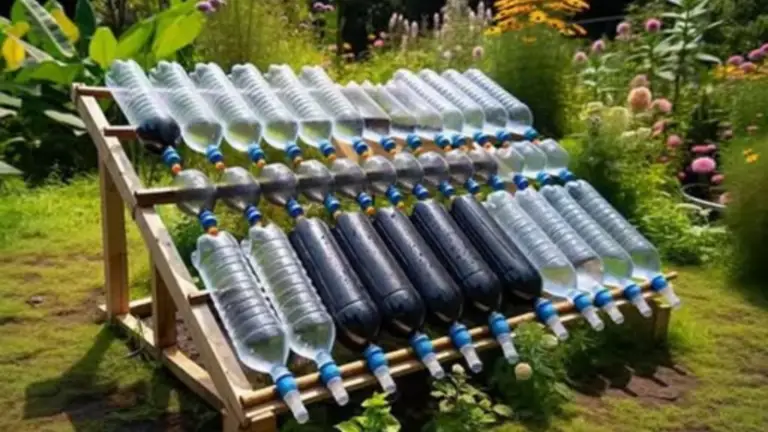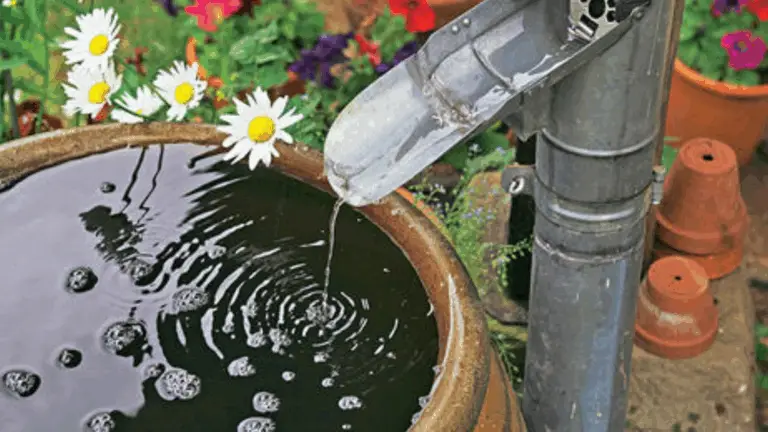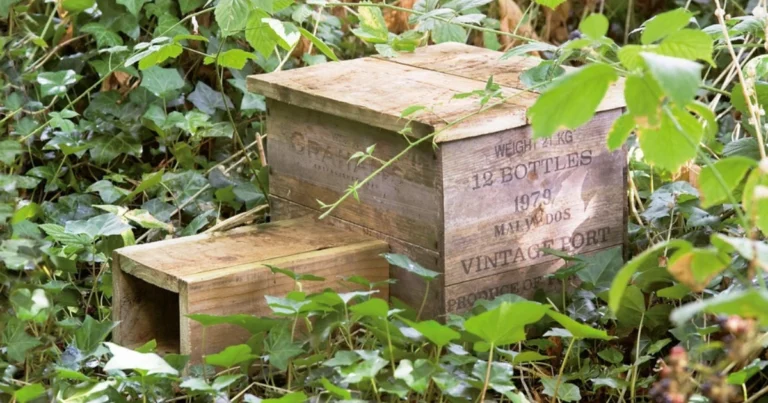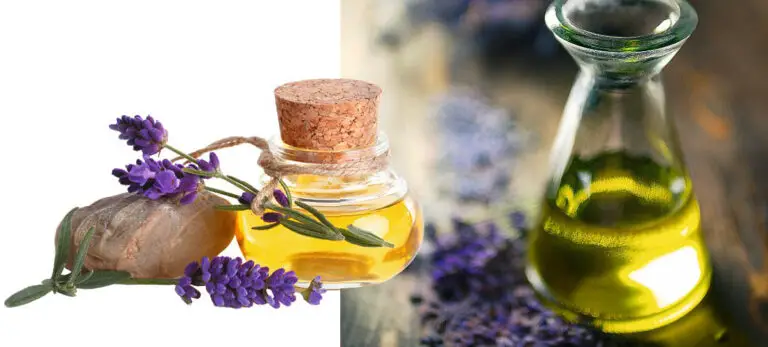Knowing When It’s Time for Replacement: Evaluating Hockey Stick Condition
For the dedicated hockey player, their stick is an extension of their body and spirit on the ice, an instrument as crucial as the skates on their feet. But like any reliable tool, it needs to be maintained and, eventually, replaced. Recognizing the signs of a decaying hockey stick is not just about safety — it directly influences a player’s ability to perform at their best.
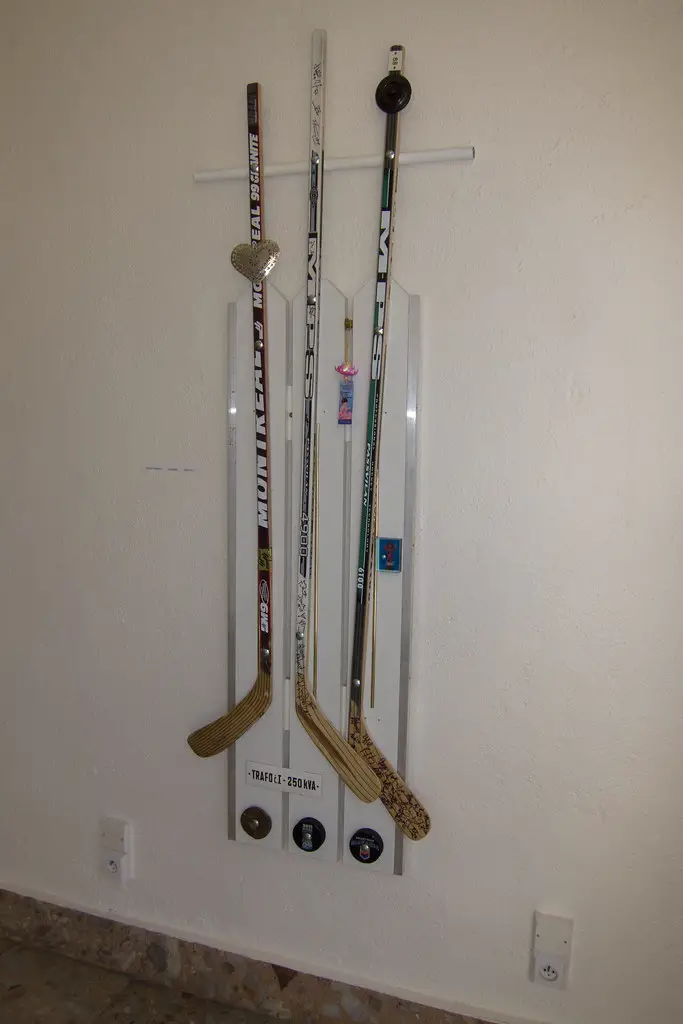
In this expert guide tailored to experienced hockey enthusiasts, we’ll explore the nuances of stick wear and the key performance factors that signal it’s time to invest in a new one.
The Vital Component in a Player’s Arsenal
A hockey player’s attachment to their stick goes beyond the surface of the game. It’s a personalized piece of equipment that holds the weight of strategy, skill, and muscle memory during every slap shot, pass, and defensive maneuver. And when a player’s stick isn’t in top condition, the impact is felt in the play.
But what exactly constitutes a stick that’s past its prime? It’s a critical question for players at every level. Whether you’re a weekend warrior hitting the rink with friends or a professional lace-tightening up for a championship game, the condition of your stick requires your close attention.
Signs of Wear and Tear
Hockey sticks endure a strenuous workout every session, so it’s no surprise they’ll show signs of wear sooner or later. Some of the more common indicators that your stick may be on its last legs include:
Exterior Damage
Examine the blade, shaft, and taper for:
- Cracks: Even hairline fractures can dramatically reduce a stick’s performance.
- Splintering: Small bits of wood breaking off indicate structural weaknesses.
- Deep Gouges: Tears in the blade can throw off your puck handling.
- Chips: While possibly cosmetic, can also hint at deeper structural damage.
Anatomy Changes
A well-used stick will also manifest alterations in its physical attributes:
- Flexibility Loss: Too stiff or too whippy may cause issues with accurate shots or passing.
- Bends and Warps: Even seemingly small bends can affect the stick’s natural playability.
- Shaft Wear: Tears in the tape, wear marks, or even worn-off graphics can point to overuse.
Performance Impact
Understanding the subtle and not-so-subtle changes in your stick’s condition can be the difference between a good game and a great one.
Shot Accuracy
A misaligned blade or warped shaft can result in errant shots, leaving players frustrated and scoreless.
Durability Dilemmas
A stick ill-equipped for action can fail you at the moment you need it most — a defensive maneuver, a critical pass, or a high-stakes shootout.
Suspension of the Flex Bridge
Over time, a stick will lose its original flex profile, making it difficult to load your shots appropriately.
When to Replace
The million-dollar question is always, “When is it time for a new stick?” While there is no universal answer, a few indicators signal it’s worth considering:
Bare Blade Blues
When your blade has zero tape left — or the original grippy texture is now smooth — it’s absorbing less puck energy and could greatly impact your handling.
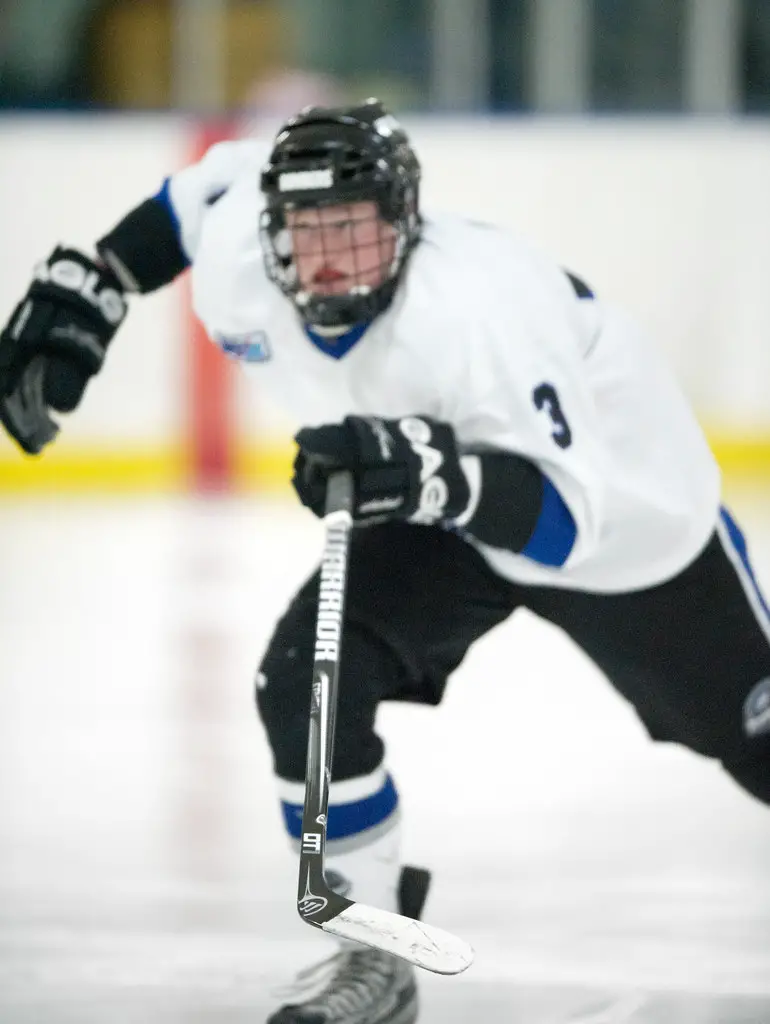
Structural Concerns
Any visible crack, separation, or significant splintering should be a red flag that your stick’s integrity is compromised.
Flex Breakdown
When you notice a significant change in how your stick feels when it bends, from being too stiff to too soft, this marks the end of its peak performance.
The Professional Opinion
Trusted pro shop experts can provide tailored advice, especially when discussing the product lines and advancements that have hit the market since your last purchase.
Maintenance Tips for Prolonged Play
Sticks don’t come cheap, so it’s in every player’s best interest to keep theirs in top shape for as long as possible. Here are some tips to extend your stick’s life:
Keep it Clean
After every game or practice, wipe down your stick to remove ice and puck debris. If left on the stick, moisture can lead to premature deterioration.
Tape Care
Regularly replace the tape on the handle and blade to maintain grip, protect against water damage, and reinforce structural rigidity.
Temperature Matters
Avoid leaving your stick in a hot car or a freezing arena, as extreme temperatures can warp the wood or materials of the stick.
The Right Tools
Invest in a good stick wax and use it to safeguard against wear and moisture damage, both inside and out.
Science of the Stick
It’s not myth or superstition — a player’s stick is a critical element in their success. The science behind stick construction, from material selection to flex enhancement, supports the intricate gameplay of hockey. By staying informed about the lifespan and maintenance of your stick, you are taking a vital step in managing your equipment effectively.
Conclusion
For a hockey player, the bond with their stick is one of raw trust. It’s the trust that it will deliver the perfect pass, the unstoppable shot, the impenetrable defense. But trust must be backed by reliability, and reliability requires a thorough evaluation of the stick’s condition. Equip yourself with the knowledge in this guide, and ensure that your stick will always be an ally on the ice, never a liability.
